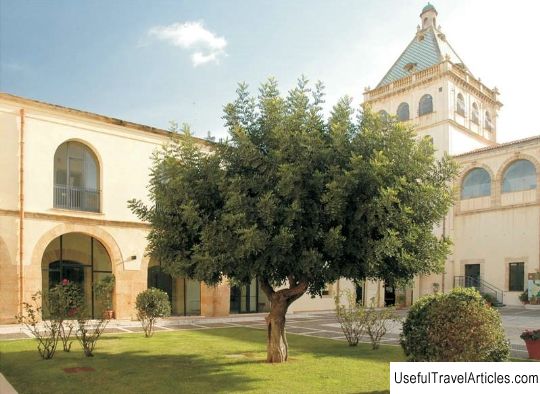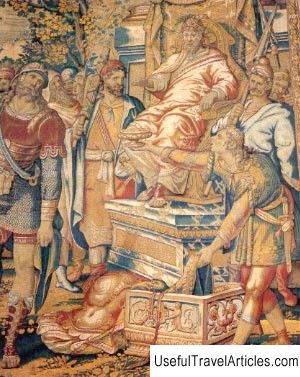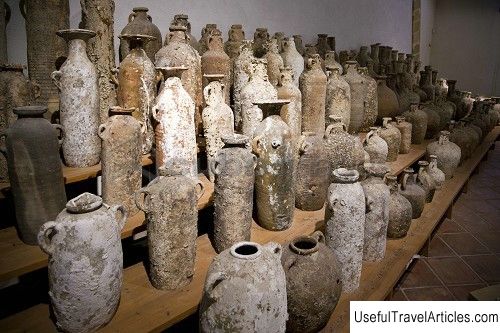Museum of Flemish Tapestries (Museo degli arazzi fiamminghi) description and photos - Italy: Marsala (Sicily)
Rating: 7,5/10 (100 votes) 
Museum of Flemish Tapestries (Museo degli arazzi fiamminghi) description and photos - Italy: Marsala (Sicily). Detailed information about the attraction. Description, photographs and a map showing the nearest significant objects. The name in English is Museo degli arazzi fiamminghi. Photo and descriptionThe Flemish Tapestry Museum is a real gem in the historical and artistic heritage of Marsala. The most valuable collection of Flemish tapestries of the late 16th century was donated by one of the most prominent residents of the city - Monsignor Antonio Lombardo, who at the time was the bishop of Messina. This collection is undoubtedly one of the most significant of its kind in southern Italy, after the famous Van Orly tapestry "The Battle of Padua", which is kept in the Capodimonte National Museum in Naples. The museum is located in a small but impressive a building adjacent to the Cathedral of Marsala, which, in fact, belongs to. Eight tapestries tell the story of the conquest of Jerusalem by the Roman emperors Vespasian and Titus, written by the Jewish historian Josephus Flavius, who was a direct participant in hostilities and further truce between the two peoples. The sizes of tapestries vary from 350x254 cm to 350x500 cm. All of them were woven in an upright position with exquisitely decorated flecks of wool and silk. On the first tapestry you can see Josephus himself emerging from the cave in which he hid after the fall of Jerusalem under the onslaught of Vespasian. On the second canvas, Agrippa, ruler of the city of Tiberias in northeastern Israel, makes a speech in defense of the defeated city before Vespasian. The third tapestry depicts Vespasian, who is persuaded to accept the title of emperor after the death of Nero. On the next canvas, we see how honors are brought to the new emperor, and on the fifth tapestry Vespasian frees Josephus from his chains. Next is a battle between the Jew Jonathan and the Roman Priscus. On the seventh tapestry, the priest offers Titus, the son of Vespasian, two candlesticks and a sacred book for the revival of the service in the temple of Jerusalem. Finally, the last tapestry depicts Titus' sacrifice to the Jewish god Yahweh.      Topic: Museum of Flemish Tapestries (Museo degli arazzi fiamminghi) description and photos - Italy: Marsala (Sicily). |




